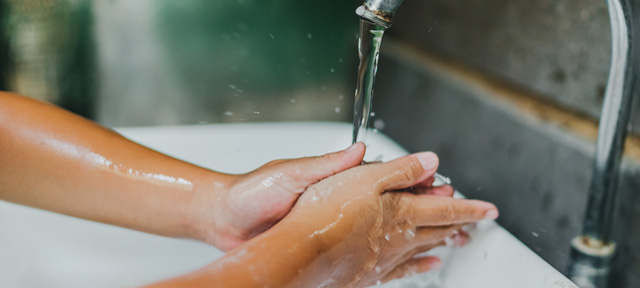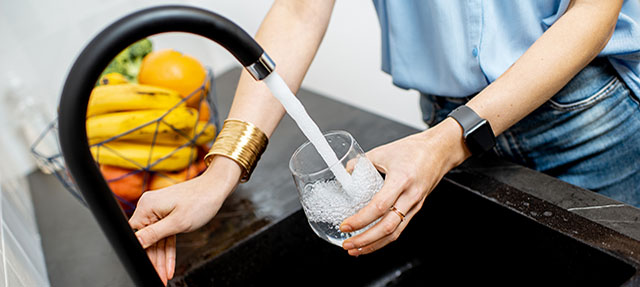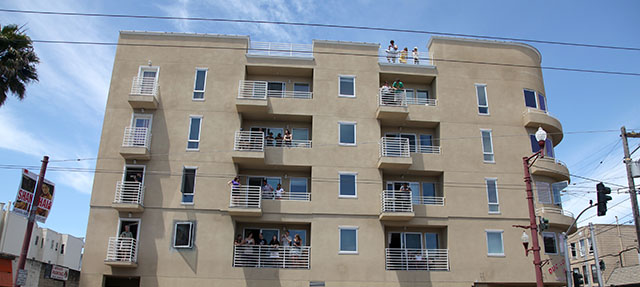For most Californians, handwashing is a matter of turning on their home faucet. And while it is no substitute for other guidelines, handwashing is a surprisingly effective measure against the coronavirus. Unfortunately, not everyone can implement this public health guidance. The state’s homeless population has difficulties, and so do residents with inadequate plumbing.
Nationally, plumbing issues—such as lack of running water—can make regular handwashing almost impossible, and California is no exception. The American Community Survey, conducted by the U.S. Census Bureau, collects national- and state-representative information about housing characteristics. In more than 6,300 housing units in California, people lack adequate plumbing, meaning they have no piped hot and cold water, no bathtub or shower, or no flush toilet.
Californians across the state live in units with inadequate plumbing, including in counties being monitored for coronavirus spikes due to worsening virus indicators. Napa and Imperial Counties have slightly lower rates of housing with substandard plumbing than Sacramento and San Mateo. Of the state’s 58 counties, San Francisco has the highest rate. At about 1.8 percent, housing in San Francisco is over four times more likely than housing in Los Angeles to lack adequate plumbing.
The four counties with the highest rates of inadequate plumbing all have poverty rates exceeding 18%. Inadequacy differs by region as well: housing in Shasta, Yolo, and Humboldt Counties lacks hot and cold piped water at the highest rates, while housing in largely urban San Francisco, Alameda, and Los Angeles Counties tends to lack a shower or tub.
The coronavirus pandemic may compound struggles for those who live in housing with substandard plumbing. Over half of these units (57%) also lack a kitchen, making it hard for people to prepare meals at home. Affected individuals disproportionately face health and health care challenges. Compared to people living in modern facilities, those in housing with substandard plumbing are about twice as likely to be disabled (20% vs. 10%) and more likely to have no health insurance (13% vs. 8%). Furthermore, these units are much more likely to be single-person households (22% vs. 9%), which raises broader concerns about mental health: people living alone could be more at risk of loneliness during the pandemic.
Reducing virus spread through frequent handwashing is a vital part of managing the COVID-19 pandemic. But not every California household has the plumbing to meet basic hygiene needs. Addressing this deficiency would take time and effort, but adequate plumbing is part of the foundation of improved health for the communities we live in.



